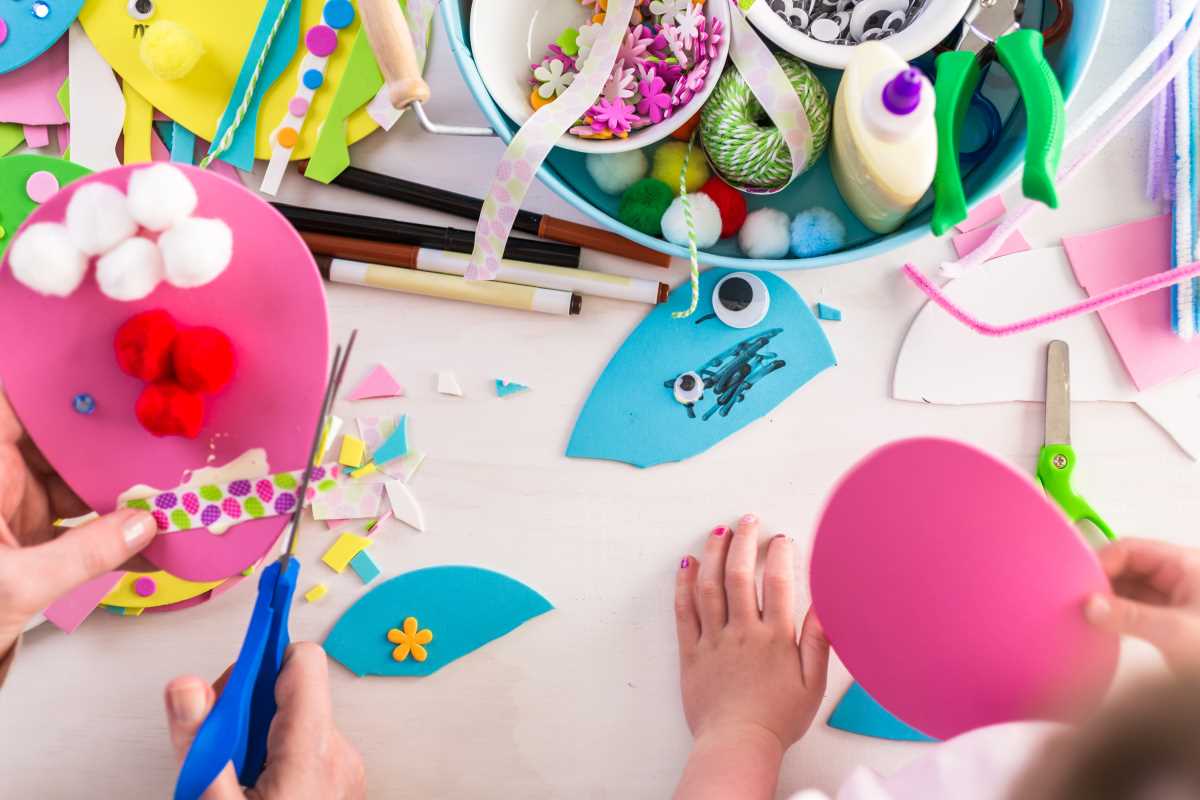Traveling with small children can be a rewarding experience, but it also comes with its own set of challenges. Whether you're embarking on a cross-country road trip or heading overseas, keeping your little ones happy and comfortable is key to a successful journey. Here are some essential tips to help you manage travel with small children and make the experience enjoyable for the whole family.
1. Plan Ahead and Pack Smart
Preparation is crucial when traveling with young children. Start by creating a detailed packing list that includes all the essentials for your child, such as snacks, toys, diapers, wipes, and any necessary medications. Pack a small bag with items that will keep your child entertained during the journey, such as coloring books, tablets with downloaded games or movies, and small toys.
Consider bringing a travel-friendly stroller or carrier, which can make navigating airports and other transportation hubs much easier. If you’re traveling by plane, check with the airline regarding their policies on traveling with children and any special accommodations they might offer. By packing smartly and planning ahead, you can minimize stress and ensure that you have everything you need to keep your child comfortable and entertained.
2. Maintain a Flexible Schedule
Traveling with small children often requires a flexible approach to your schedule. While it’s important to have a general plan for your trip, be prepared to adjust your itinerary based on your child’s needs and mood. Factor in extra time for breaks, meals, and naps, and be ready to adapt if your child becomes fussy or tired.
Maintaining some aspects of your child's routine, such as nap times and meal times, can help provide a sense of normalcy and comfort. However, be flexible and open to changes, as sticking rigidly to a schedule may not always be practical. By being adaptable, you can better handle unexpected situations and make the trip more enjoyable for everyone.
3. Prioritize Comfort and Safety
Ensuring your child’s comfort and safety should be a top priority when traveling. Dress your child in comfortable, layered clothing that can be easily adjusted based on the weather conditions. Bring along familiar items, such as a favorite blanket or stuffed animal, to provide a sense of security and comfort.
Safety is also a key concern, especially when traveling in unfamiliar environments. If you’re using public transportation or staying in a hotel, ensure that your child’s car seat or booster seat is properly installed and secure. Additionally, be vigilant about your child’s whereabouts and keep a close eye on them in crowded or busy areas.
4. Engage Your Child with Interactive Activities
Keeping small children entertained during travel can be a challenge, but engaging them with interactive activities can make the journey more enjoyable. Bring along a variety of activities that can keep your child occupied, such as travel games, puzzles, or interactive storybooks.
Consider incorporating educational activities into your travel experience. For example, use travel time as an opportunity to teach your child about the destinations you’re visiting through books or apps. Engaging your child with age-appropriate activities can help pass the time and make the journey more interesting for them.
5. Embrace Breaks and Leisure Time
Traveling can be tiring for both adults and children, so it’s important to build in plenty of breaks and leisure time. Schedule regular stops during long car trips to allow your child to stretch their legs, explore, and expend some energy. If you’re flying, take advantage of layovers to let your child run around and play.
When you reach your destination, plan for downtime to help your child adjust to new surroundings. Allow time for relaxation and exploration, and avoid overloading your schedule with activities. Balancing sightseeing with periods of rest can help prevent your child from becoming overtired and cranky.
6. Prepare for Unexpected Situations
Traveling with small children can sometimes lead to unexpected situations, so it's wise to be prepared for anything that may come up. Bring along a small first-aid kit with basic supplies such as band-aids, antiseptic wipes, and any necessary medications.
Additionally, be prepared for minor mishaps like spills or accidents by packing extra clothes and cleaning supplies. Having a few backup plans in case of delays or changes to your itinerary can also help reduce stress and keep the trip on track.
7. Communicate and Reassure Your Child
During travel, keep your child informed and reassured about what’s happening. Explain the details of the trip in simple terms, and let them know what to expect at each stage of the journey. Communication can help alleviate any fears or anxieties your child might have about traveling.
Provide positive reinforcement and encouragement throughout the trip, and be attentive to your child’s feelings and needs. Offering reassurance and acknowledging their emotions can help them feel more secure and comfortable, making the travel experience more enjoyable for both of you.
8. Make Travel Fun and Enjoyable
Transform travel into a fun and exciting adventure for your child by incorporating elements of play and exploration. Turn travel time into an opportunity for learning and discovery by engaging your child in conversations about the places you’re visiting and the experiences you’re having.
Consider creating a travel journal or scrapbook where your child can document their journey through drawings, stickers, or photos. Involving them in the planning process and allowing them to contribute ideas can also make the trip more enjoyable and memorable.
Traveling with small children can be a delightful experience when approached with careful planning and a positive attitude. By prioritizing comfort, safety, and engagement, you can create lasting memories and ensure that your trip is enjoyable for the entire family. With these tips in mind, you’ll be well-equipped to navigate the challenges of traveling with young kids and make the most of your journey.







